Can you use the pervasive media “videogame” and this field’s design techniques for communicating effectively with people? Can games be used for what you have in mind? How can a field specialist work effectively with a game development team to communicate know how more effectively?
I have been trying to work as “applied game designer” (and developer) since 2010 (thanks to a suggestion from Ivan Venturi) and the range of problems that I have the opportunity to deal with through games has been constantly widening. I tend to design mechanically and visually simple games (mobile, 2D) mainly focusing on defining the core game mechanics as a way of expressing the matter at hand. This differently from some that clone existing games and mechanics as a “decorative” aspect to be used as Trojan horse to gain attention.
Actually applied games got a partial bad rap in part because of the following reasons:
- Educational games of the first generation (90’s / 2000’s) were often mediocre productions from the point of view of gameplay, focusing the effort in the asset creation, resulting in a sort of colourful digital book that wasn’t great to play.
- Gamification as a key for solving problems of any kind went through the usual hype and decline curve, because of the superficial analysis, terminology (“reality is broken and games will fix it”) and recipes used in gamification literature.
- People are confused by generic information concerning videogames, related to violence, addiction (gambling) and “waste of time”. There is no working theory about what is a good educational novel or movie, not there is for a media like videogames that can be used in any way. So it depends on the context and many other factors.
- Superstitious wide spread belief (supported by the worse game producers in the field) that games are “just a form of entertainment”, so unfit for treating serious problems.
But … most of all, because of the game design (and designer’) mistake of treating the game and its playful mechanics as an independent factor with respect to the treatment of the topic at hand.
The approach I tried to apply instead is based on the assumption that the combination of mechanics and settings can result in a powerful narrative experience – in the specific sense of games, but only when mechanics, narrative and the theme treated are handled organically.
Games are a field of intrinsic complexity, where simple minded solutions and models can’t work, where expectations are high and usability standards more refined than in most other fields. A first idea of the intellectual tools needed to model games (applied or not) can be gained from this introduction by Koster.
Below you find an overview of the projects and amazing people I have been / am working on in 2015 (and mostly will continue in 2016) which may help you realize how wide is the possible application spectrum.
Varieties of projects
Keep Me Safe in Europe
The official intro is: The e-learning tool developed by the project is intended to afford young people from across Europe the opportunity to learn more about the different child protection systems in existence across the EU to help find early routes for help, if they are experiencing a problem of neglect and, or abuse.
The game play core idea we (meaning Matteo Bicocchi, Pino Panzarella and myself) is that in game play we go through the life of a character, to whom unpleasant events of different level are happening, and we decide the kind of reactions case by case.The set of core problems is defined by interacting with youngsters all over the European Union, and this results in a very cool workflow 
Leonardo da Vinci machines – Musée des Beaux-Arts de Tours
After a failed Kickstarter that Alexander Neuwahl and myself had put together somehow with the help of a few open minded friends (still hurts: I can’t watch the video yet :-)), we stubbornly managed to find a way to work together on the universe of Da Vinci’s machines (see this wonderful book by Alex to get an idea about it).
We are building six mechanical models with quizzes linking Leonardo’s design with the machines. This is Da Vinci’s Robot Lion feline walk, which Alex reconstructed using just cogs and levers:

Creating the mechanics for our model of Da Vinci’s robot lion.
Interactive People’s Feedback on Urban Design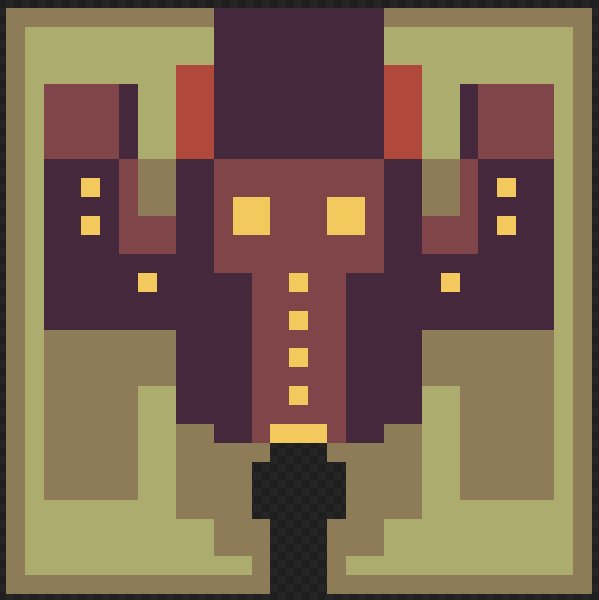
Again this is a project which is not public yet, but the research that I have been doing for quite a while on the connection between quality of urban infrastructure and quality of life has been appreciated in a competition for a game on collecting feedback on urban redevelopment, so it became a real project now – more news soon.
I had already trapped the unsurpassable (in height) Daniele Giardini in People in Love, and experimental game on urban structure and people’s rightful riots for better quality of living. Follow the link to explore.
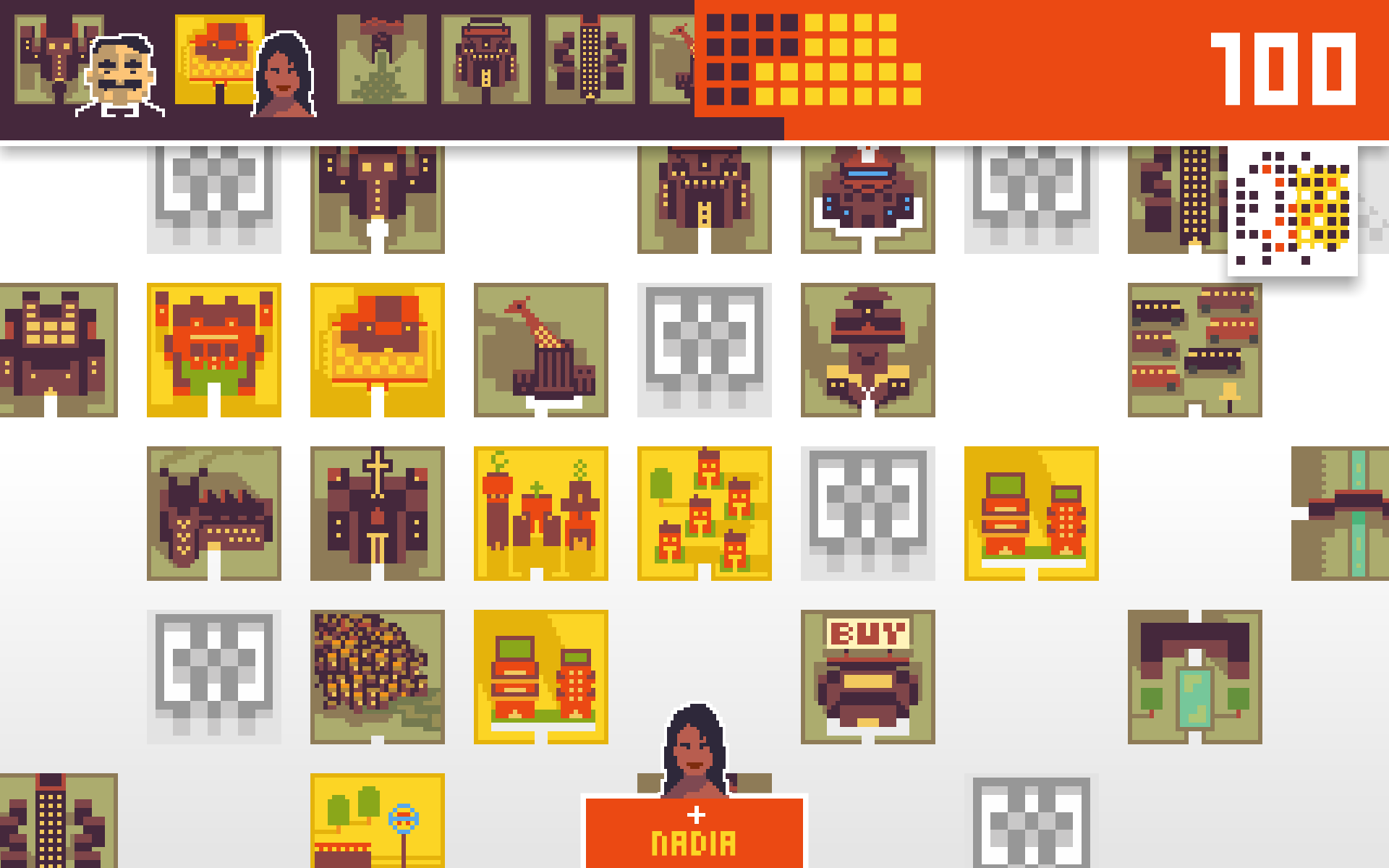
Leonardo da Vinci and flying machines: towards the (1519 -) 2019 celebrations

Again with Alexander Neuwahl and illustrator Pino “pugusel” Panzarella we are creating a project on a game on Leonardo Da Vinci’s ideas on flight, that according to Alex’ studies is a core interest through Leonardo’s lifetime. This project is aimed at the 2019 Da Vinci’s celebrations for which several museums are getting ready worldwide.
Preventing graffiti – Florence Opera del Duomo Museums
Working in this case with communication and SEO expert Francesco Pallanti, we defined an application for graffiti prevention, which in a town as “monument dense” as Florence is a big problem.
I tried to focus the design on the positive motion that brings people to leave a graffiti signature – there is a need for expression there.
We hope to move a part of the graffiti to digital form, with a friendly tool that will allow users to leave a sign that will be preserved in Florence museum archives and will be shareable on social networks.
The application will be installed as kiosk application and then will also be available in app stores.
Narratives for fiction from teenagers – RAI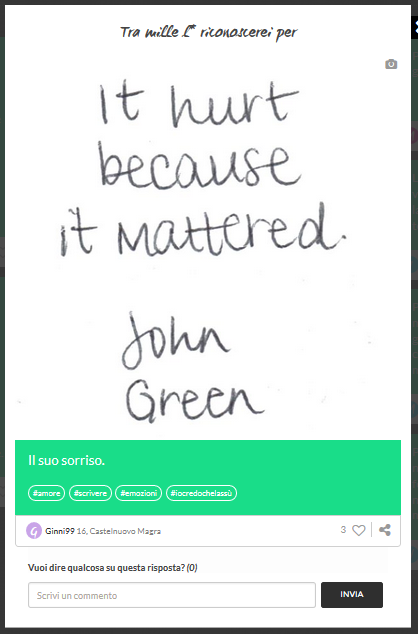
In several years of design and development collaboration with RAI, Tempesta and (among many) the bright gentlewoman and project manager Valeria Jamonte, we’ve been working on the theme of collaborative narrative for defining movie scripts, for both RAI Cinema and RAI Fiction. The projects ended up being very successful.
Thanks also to Carlo Cresto-Dina and Ivan Venturi and for making these projects happen.

Gaming Challenge – UNESCO


Thanks to the drive and creativity of We Are Muesli, a couple of true artists that are using games as their expressive medium (and are also full stack applied games providers), I worked with Daniele Giardini and them on the game design for the UNESCO Gaming Challenge. And we actually won the first two prizes here and here.
Then with the michelangiolesque Daniele Giardini we developed a heck of a game prototype on the beautiful graphic design provided by We Are Muesli (which I hope we can show to all soon); I had been trying to put to use for quite a while the mechanics of match-3 games used for narrative ends, for which there are excellent examples in indie games, and here it was put to use.
UNESCO’s with their set of game designer consultants gave us the opportunity to study in depth the relationship of games and learning, and how to teach a complex subject through games. The subject in our case is the link between global goals and sustainability; I learned a lot from this experience, even if we didn’t win the final big prize.
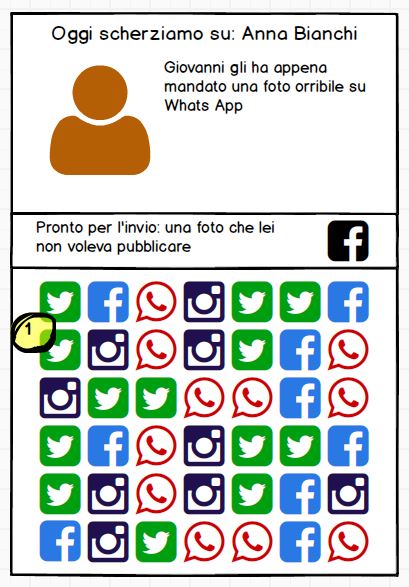
Get players to use social networks for cyber bullying attacks.
And more: two books, cyber bullying, violence & corruption in football …
 This year I’ve also had the pleasure of publishing a book on applied games in Italian written together with two lovely gentlemen, Joseph Sassoon and Alberto Maestri; the expanding set of experiences will make it to a new book of mine, this time in English, dedicated to both designers of applied games and potential customers, hopefully out in 2017.
This year I’ve also had the pleasure of publishing a book on applied games in Italian written together with two lovely gentlemen, Joseph Sassoon and Alberto Maestri; the expanding set of experiences will make it to a new book of mine, this time in English, dedicated to both designers of applied games and potential customers, hopefully out in 2017.
There are several other project now in the design phase that I will work on in 2016: thanks to Paola Massalin‘s drive, we’ve put together a project on cyber-bully-ism prevention – online and beyond. Also thanks to the initiative of professor Darren Sharpe, we’ll be soon putting together an interactive experience for learning about the coming (scary) United Kingdom EU referendum. And with Simone Giusti we have an open research on the problem of neet and how we could operate through videogames.
And some other project in the works: updating elementary and high school teachers about the use of digital tech in the classrooms, a futuristic game about Football, an applied game for energy systems … .
My work on applied games was already becoming more a full time profession in 2014 thanks to Antonio Grillo, Lino Mari, and many others, in particular thanks to the unrelenting help from Laura Mirri in creating the sites for several of the projects. Several projects didn’t get financing or the design didn’t end up working (my fault of course), but they gave me the opportunity of meeting some extraordinary people, e.g. Laura Martelloni, Riccardo Luciani, Alessandro Bezzi.
By widening the spectrum of experiences, I’ve come to appreciate how he dimensions of videogame design and development space are interwoven in all project phases. So practice game design creating prototypes!
Follow me on Twitter for news on the applied games field.
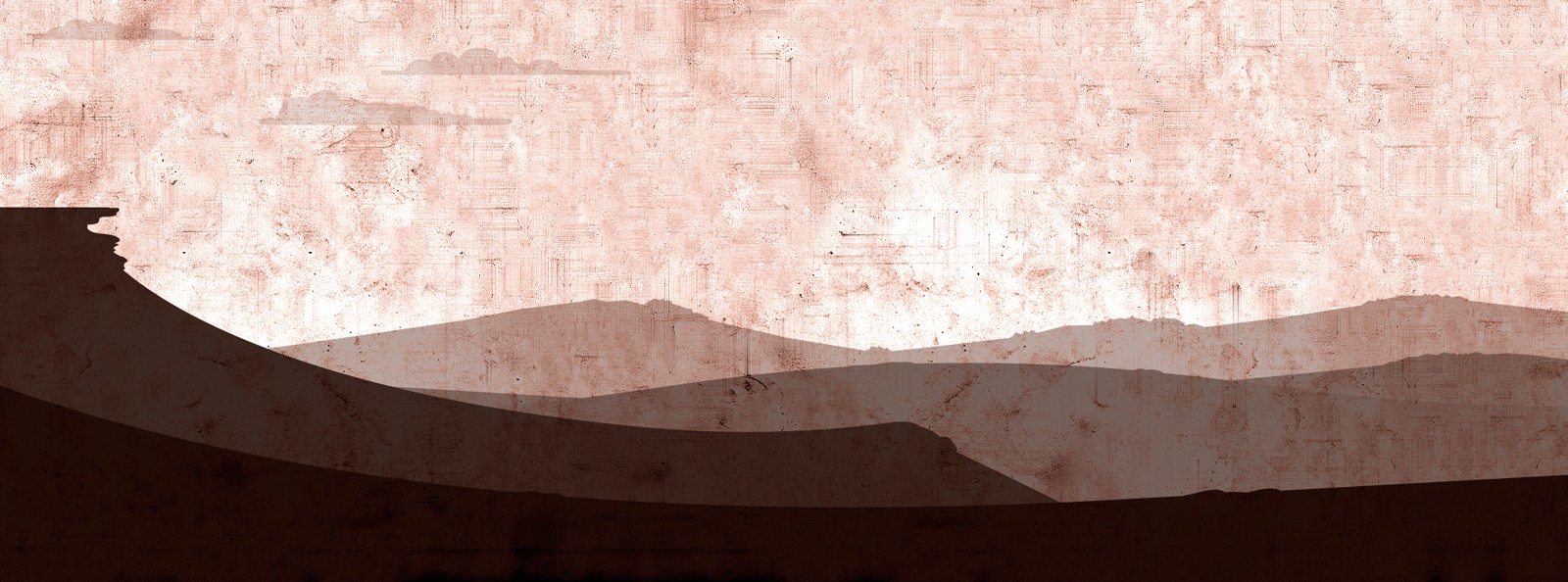
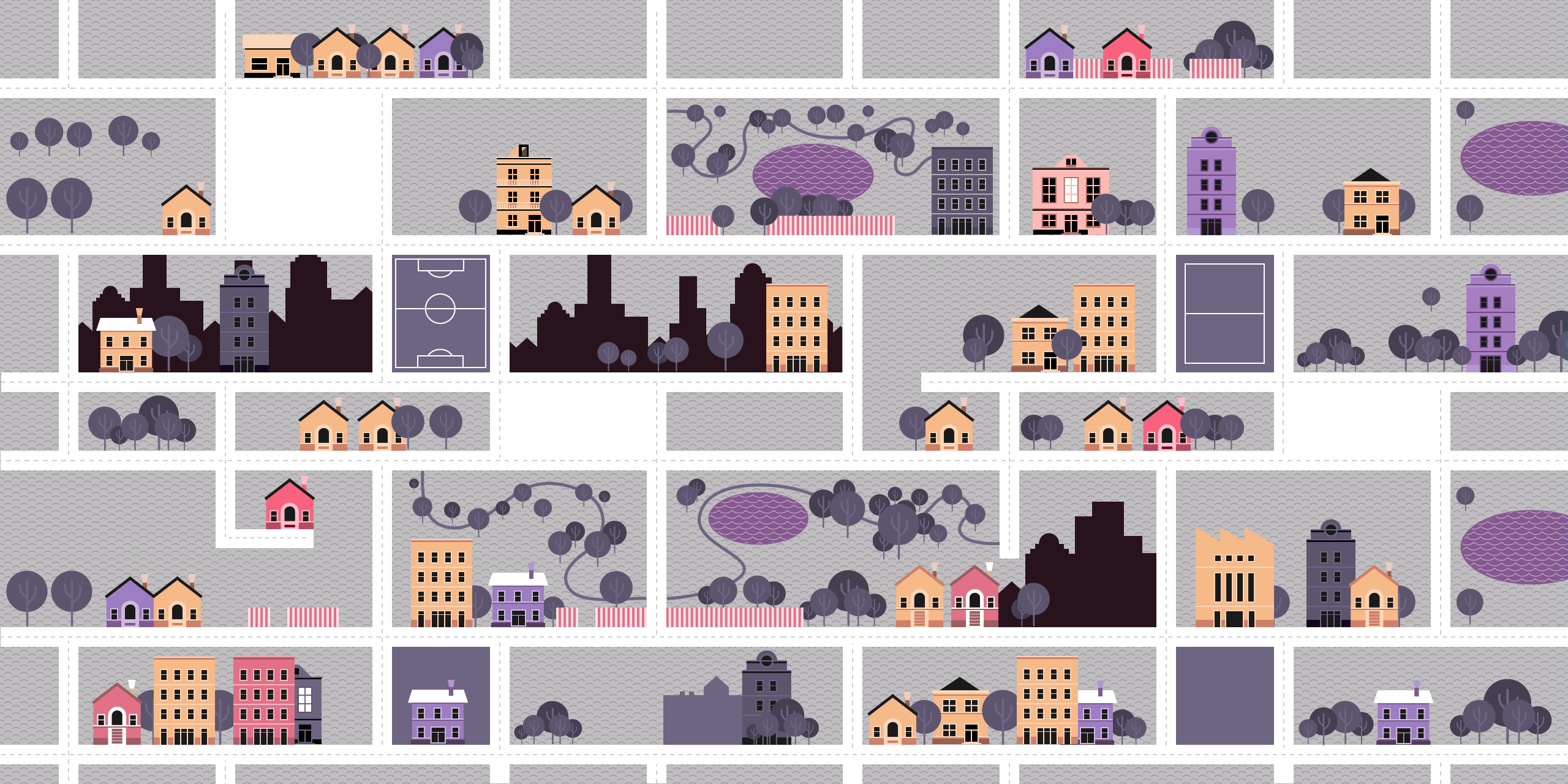


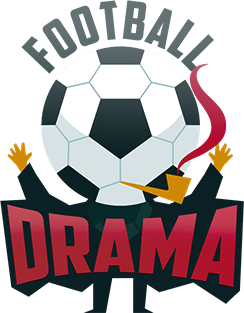





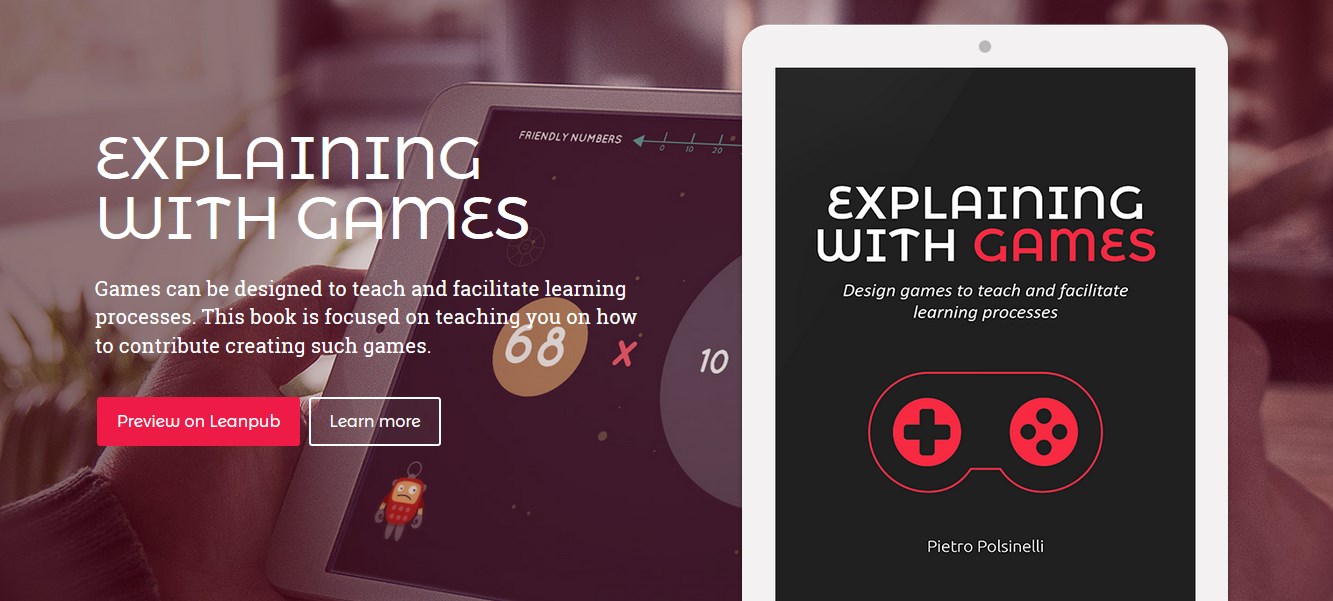

[…] with a no longer minuscule set of customers on applied games of a really wide spectrum of themes I’ve noticed in the early phases some misunderstanding that recur. In order to help […]